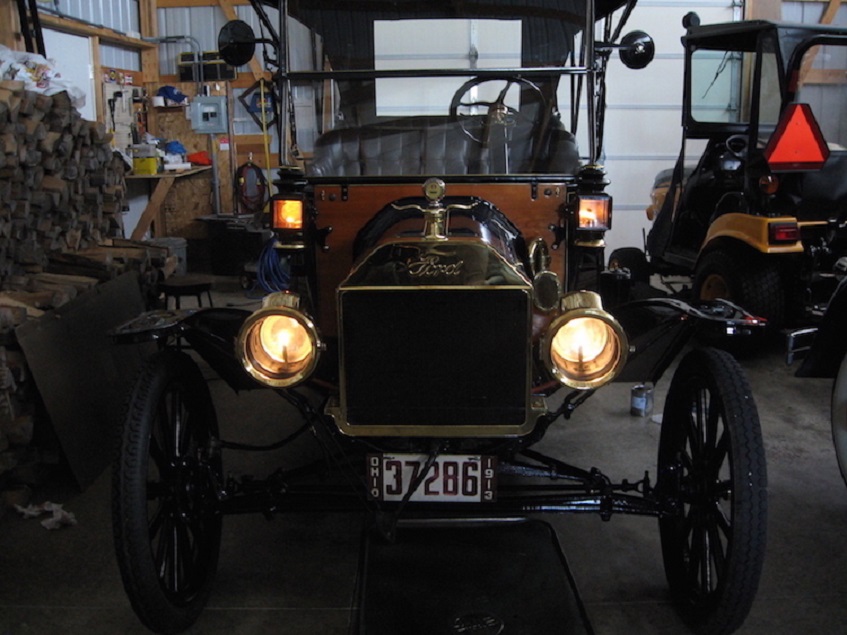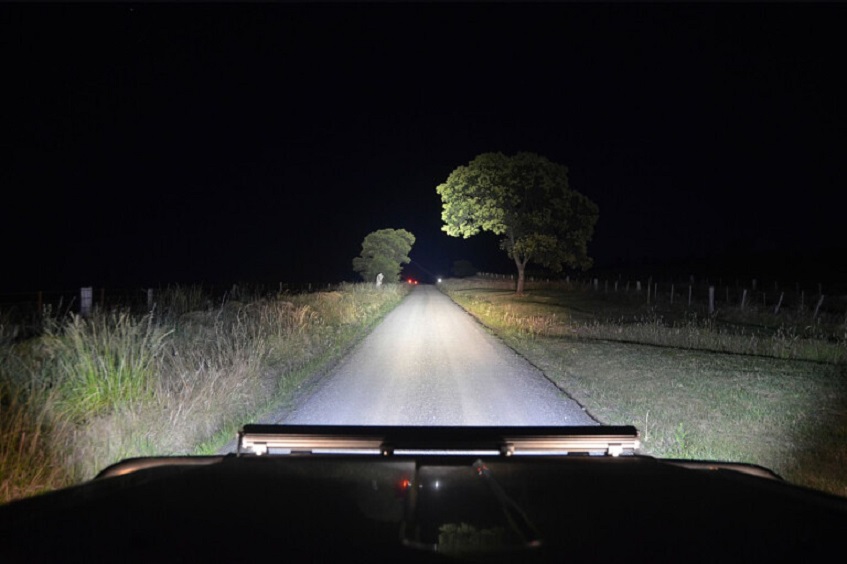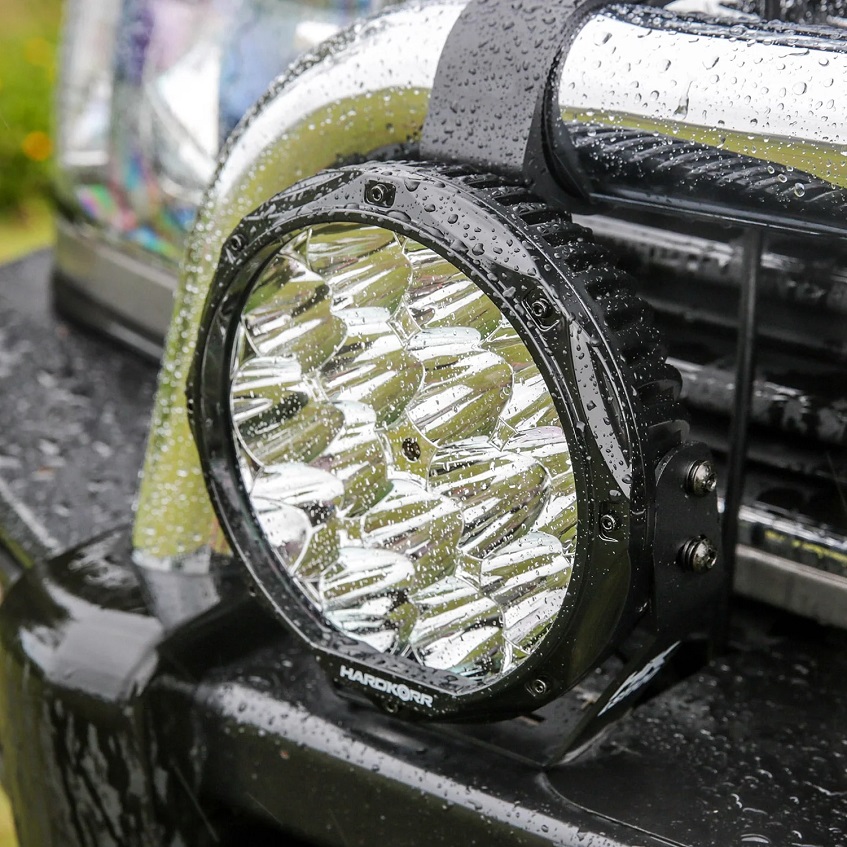
The History and Evolution of Automotive Lighting
The automotive lighting market has come a long way since the days of headlamps and tail lights. Today, cutting-edge technology allows cars to be equipped with light patterns and visibility capabilities that were previously not possible. Modern lighting systems are safer for all motorists regardless of the time of day or conditions, which has resulted in increased safety on our roads and reduced accidents across the country.
Contents
The History of Automotive Lights

Early Headlights
The evolution of automotive lights began with the introduction of headlights in 1890 by Frank Hanley at the Ford Motor Company. His invention was a hand-held battery-powered lantern with a wooden handle that was attached to the car by a cord. The lantern was placed in front of the horse so it could see better while driving at night. A few years later, Charles Horman invented the gasoline-powered headlight. However, both inventions were not widely adopted until after 1900 when George W. Selden received a patent for an automobile with headlights.
Despite the fact that there were no cars or trucks to drive at the time, he successfully won a patent for his invention. It would be another 50 years before headlights became commonplace on automobiles. In 1921, General Motors (GM) introduced the first production headlight system for their Type C truck. It was a single light that could be switched between high and low beams using a lever in the front of the vehicle. The high-beam function used an electric dynamo to generate power while the low-beam function used a gas-powered generator to produce light.
While very functional, these early headlamps were far from what is available on cars today. For example, the current Chevy Silverado offers six different headlight options including a high-intensity discharge (HID) light and daytime running lights (DRLs). These features are not just for show either; they actually improve safety by providing more visibility in certain driving conditions.
Daytime Running Lights
Daytime Running Lights (DRLs) were introduced in Europe to help motorists be seen during daytime hours when there is less contrast between vehicles and road surfaces. DRLs are on all the time and are programmed to stay on even when the car is off. They also help prevent accidents by warning other motorists of your vehicle’s presence, especially in conditions where headlights would not typically be turned on such as during dawn or dusk.
Halogen

Headlights themselves have come a long way. The first halogen headlamp was introduced in 1962 by the French company Cibi-Cir and was quickly followed by Sylvania and GE in 1963. Halogen lights were brighter than standard incandescent lights, had longer lifespans and were more energy efficient. They quickly became the standard for headlights around the world and are still in use today on modern cars.
HID Lights
With new headlight technology being developed, car manufacturers were looking for a way to set their vehicles apart from competitors. In 1965, Toyota introduced what would become one of its most famous features: HID headlights. These lights used an electric current to produce bright light that was comparable to sunlight itself. The system proved so effective that it was quickly adopted by other automakers including BMW and Mercedes-Benz.
LEDs

The next major advancement in automotive lighting came with the development of LED lights. First patented by GE in 1987, these lights were developed by researchers at Rensselaer Polytechnic Institute (RPI) who wanted to develop a light that could be used to illuminate road signs without creating eye damage for drivers. The new technology also allowed for more energy-efficient headlamps than ever before.
LEDs are much more efficient than older lightbulbs, which meant that headlights could be brighter without adding more power consumption. In 1995, the first LED headlamp was introduced by Audi. It featured two high-intensity LEDs and four smaller ones for turn signals. The new lights were less expensive to produce as well, which helped reduce costs for automakers. All of these things make LEDs much safer than traditional bulbs. They are also more durable and can withstand higher impacts than other light sources.
Today’s Safety Standards
With the development of new lighting technologies, safety is becoming a bigger factor in vehicle manufacturing. In fact, according to the National Highway Traffic Safety Administration (NHTSA), “Lighting systems on today’s vehicles are often not as well designed or maintained as they should be-often with tragic consequences. For example, it is estimated that 25 per cent of daytime crashes involve poor visibility due to insufficient headlamp illumination or excessive glare. In these crashes, fatalities are 20 per cent higher than in other daytime crashes.”
Due to the increased visibility provided by modern headlights and tail lights, there has been a significant decrease in driving accidents. According to an analysis conducted by the National Transportation Safety Board (NTSB), “The most notable advance for lighting systems was a substantial reduction in nighttime crash rates as a result of improved headlamps, which became standard on all cars in 1978.


No Comments